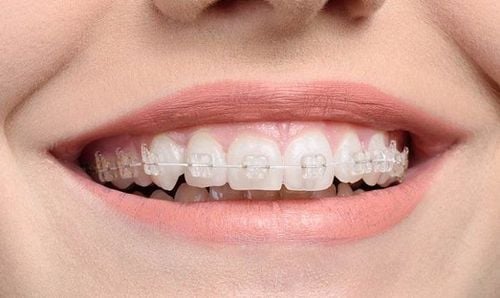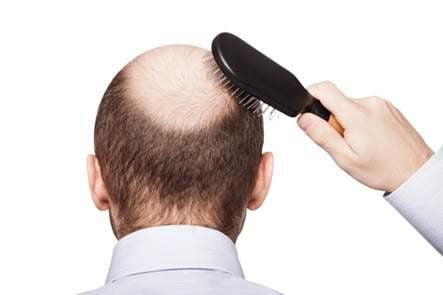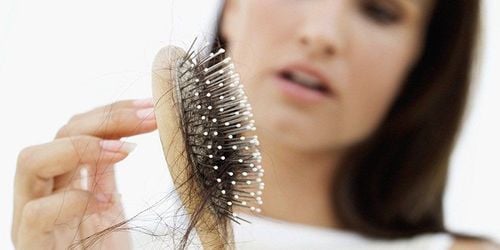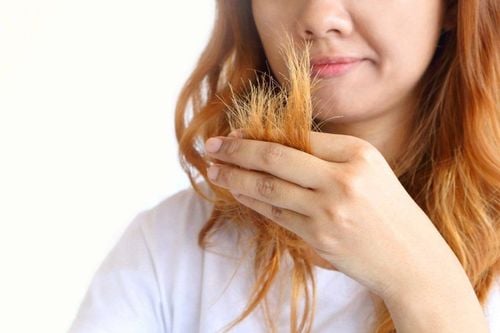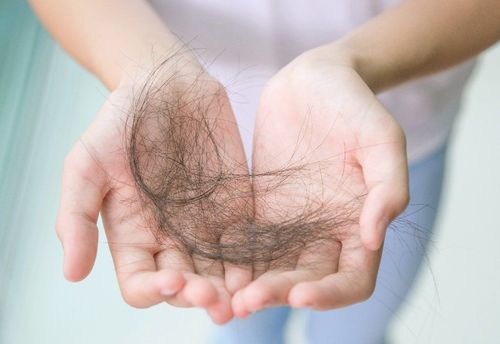This is an automatically translated article.
Hair transplant is a necessary procedure for people with partial baldness, hair loss, natural thinning hair. You should consult with your doctor about the procedure and risks of a hair transplant before making a decision.
1. What is a hair transplant?
Hair transplant is a method of adding hair to the scalp with little or no hair. Hair used for transplant is taken from thicker hair or from other parts of the body. People usually treat hair loss with minoxidil and hair transplants. The first hair transplant was performed in 1939 in Japan with the technique of individual strand transplantation. In the following decades, beam transplantation techniques have been implemented to increase hair coverage, helping to restore hair that has been lost. To date, scientists have begun to implant microscopic tissues.
MORE: Is it possible to transplant hair into a scar on the head?
2. Are hair transplants effective?
Hair transplants are often more effective than drug therapies. However, despite its effectiveness, this method has its limitations:
Only 10 - 80% of hair will grow in 3 - 4 months after transplant Transplant hair will thin over time Hair transplants are often poor Effective for people with dysfunction or loss of hair follicle function. Plasma therapy can bring about 75% of post-implantation hair growth in this case.
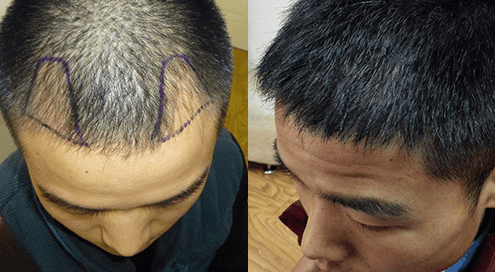
Cấy tóc đem lại hiệu quả nhanh chóng và rõ rệt hơn các liệu pháp điều trị bằng thuốc
Hair transplants are not suitable for everyone. It is mainly used for hair restoration in people with baldness, natural thinning of hair, traumatic hair loss, and should not be used for people with widespread baldness (due to insufficient hair for transplant), hair loss. hair from chemotherapy or other drugs, scalp scarring from trauma.
3. Side effects of hair transplant
The most common hair transplant side effect is scarring. Some other potential side effects include:
Infection Scaling or pus discharge around the surgical site Scalp pain, itching, and swelling Folliculitis Bleeding Loss of sensation around the surgical site Hair area the implant does not match the surrounding hair or is noticeably thinner Continued hair loss if the hair is not yet grown Minoxidil and Propecia can also cause side effects such as:
Scalp irritation Dizziness Chest tightness Headache Heartbeat Irregular Swelling of hands, feet or breasts Sexual dysfunction
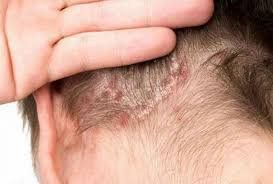
Tác dụng phụ thường gặp nhất của cấy tóc là sẹo
4. How is hair transplant done?
Before starting the transplant, the doctor will disinfect the area of the hair taken for implantation and give it a local anesthetic. Sedation is also used during the procedure. The doctor will then perform one of two transplants: FUT or FUE.
4.1. Follicular unit transplantation (FUT) Follicular unit transplantation (FUT) is also known as follicular unit band surgery (FUSS). To perform a FUT procedure, your doctor will follow these steps:
Use a scalpel to make an incision in part of the oily skin, usually at the back of the head or on the temples, with a size ranging from 15 - 25cm. Sew up the cut scalp Split the strip of oily skin into smaller pieces with a scalpel. The doctor may divide the graft into 2000 smaller pieces. In it, some grafts contain only one hair. Make small holes in the oily skin for hair transplants with a needle or blade Insert hairs from the excised scalp piece into the holes created Cover the surgical site with a bandage or gauze. Accordingly, the amount of hair transplanted depends on the following factors: Hair quality, scope of transplantation, hair type, hair color
4.2. Follicle Transfer (FUE) To perform a FUE procedure, the surgeon needs to take the following steps:
Shave off the hair on the back of the head Remove the individual follicles from the head. As a result, you will see small marks where the hair follicles were removed. The next steps are similar to the FUT procedure, the doctor will make small holes in the oily skin and graft the hair follicles into the hole. Cover the surgical site with a bandage or gauze.

Cấy tóc tự thân FUE là một trong những phương pháp cấy tóc hiện đại và hiệu quả nhất hiện nay
5. Care after hair transplant
Both FUT and FUE procedures need several hours to several days to complete depending on the volume of hair tissue to be transplanted. You will be given an injection of triamcinolone to reduce swelling after the procedure is completed, prescribed medication, and home. Prescriptions may include:
Pain relievers such as ibuprofen (Advil) Antibiotics to prevent infection Anti-inflammatory drugs such as oral steroids, to reduce swelling Medicines such as Finasteride (Propecia) or minoxidil (Rogaine) to help with irritation Hair growth Here are some care tips after hair transplant surgery:
You should wash your hair a few days after the hair transplant surgery and you should only use a mild shampoo for the first few weeks. You should be able to return to work or normal activities in about 3 days. Do not press the hairbrush down on the new graft for about 3 weeks. Do not put on any hats or pullovers and coats until your doctor says No Exercise for about a week. You should not be too worried when you see the hair transplanted out. Not all transplanted hair can match and grow until several months after the procedure.
Please dial HOTLINE for more information or register for an appointment HERE. Download MyVinmec app to make appointments faster and to manage your bookings easily.
Reference source: healthline.com



